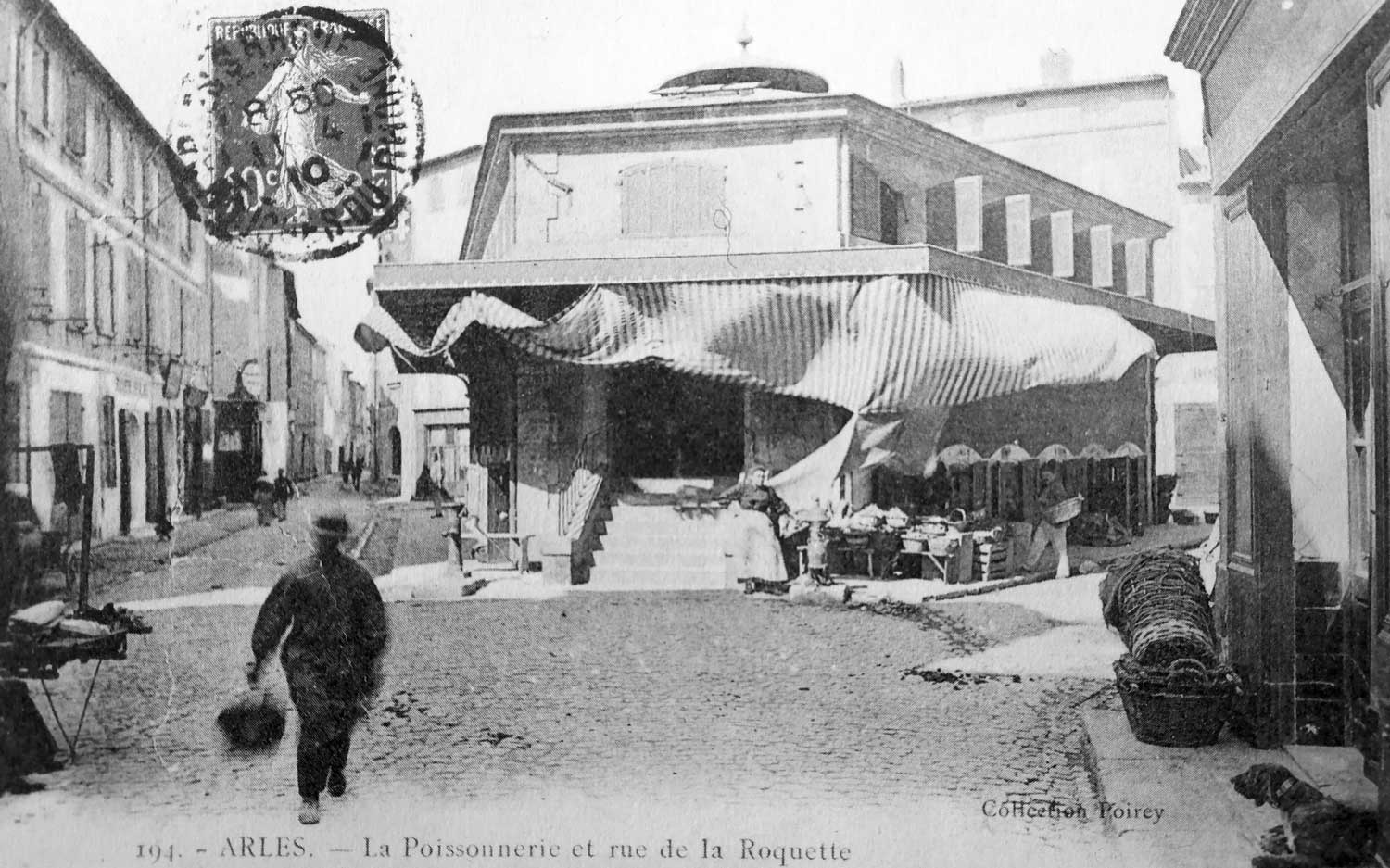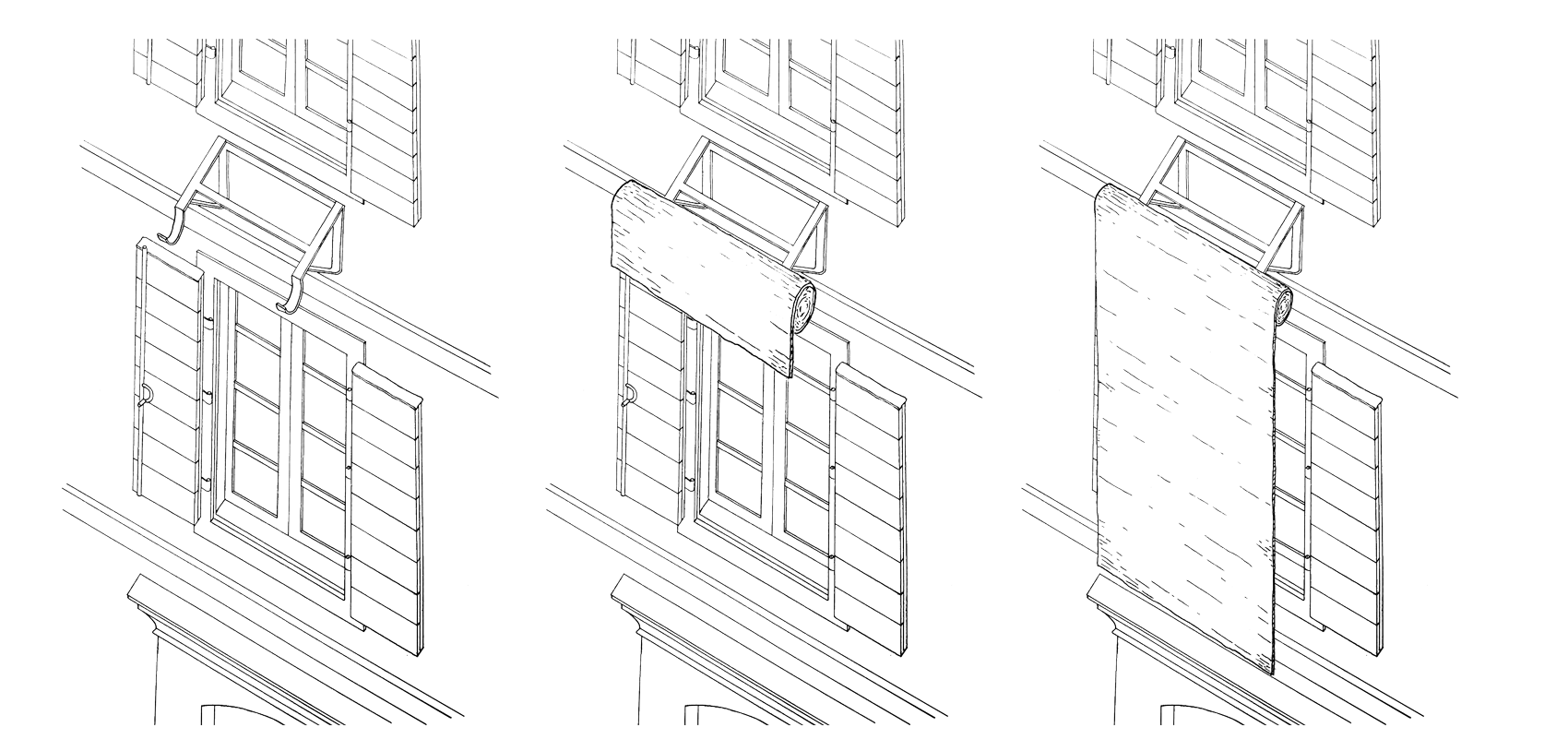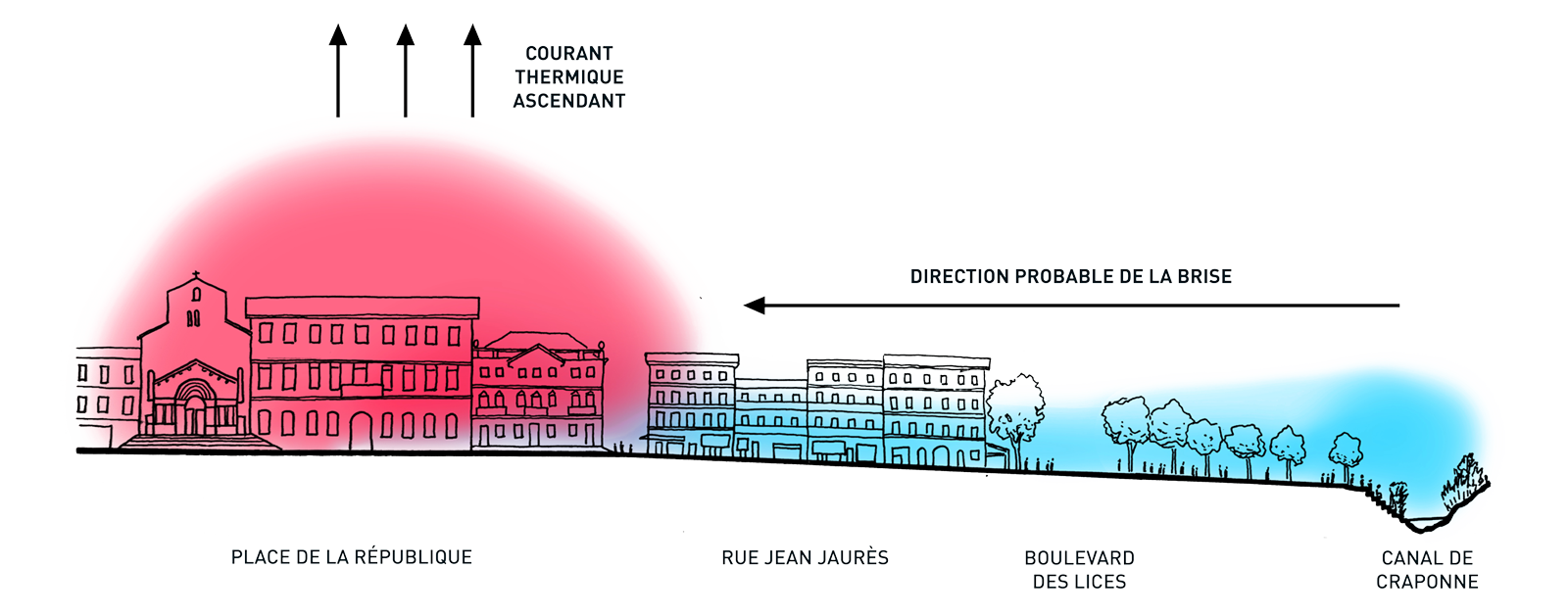2023-2024
with Atelier MARE, Atelier Géminé, DOMENE Scop, Atelier 21 and Véronique Murein partnership with the Regional Directorate of Cultural Affairs Provence-Alpes-Côte d'Azur, the House of Architecture and the City PACA, and the City of Arles
Adapting heritage areas and cities to climate change is a real challenge. The city of Arles boasts a remarkable and unique historical heritage in the South of France, spanning from Antiquity to the contemporary period, including the medieval era.
However, this city is highly vulnerable during heatwaves, when air temperatures can reach around 40°C.
The historic center of Arles is extremely urbanized, and the dense built environment creates a pronounced urban heat island (UHI) effect. As a result, thermal discomfort during the summer is significant, affecting both the city's tourism activity and the quality of life for the residents of Arles.
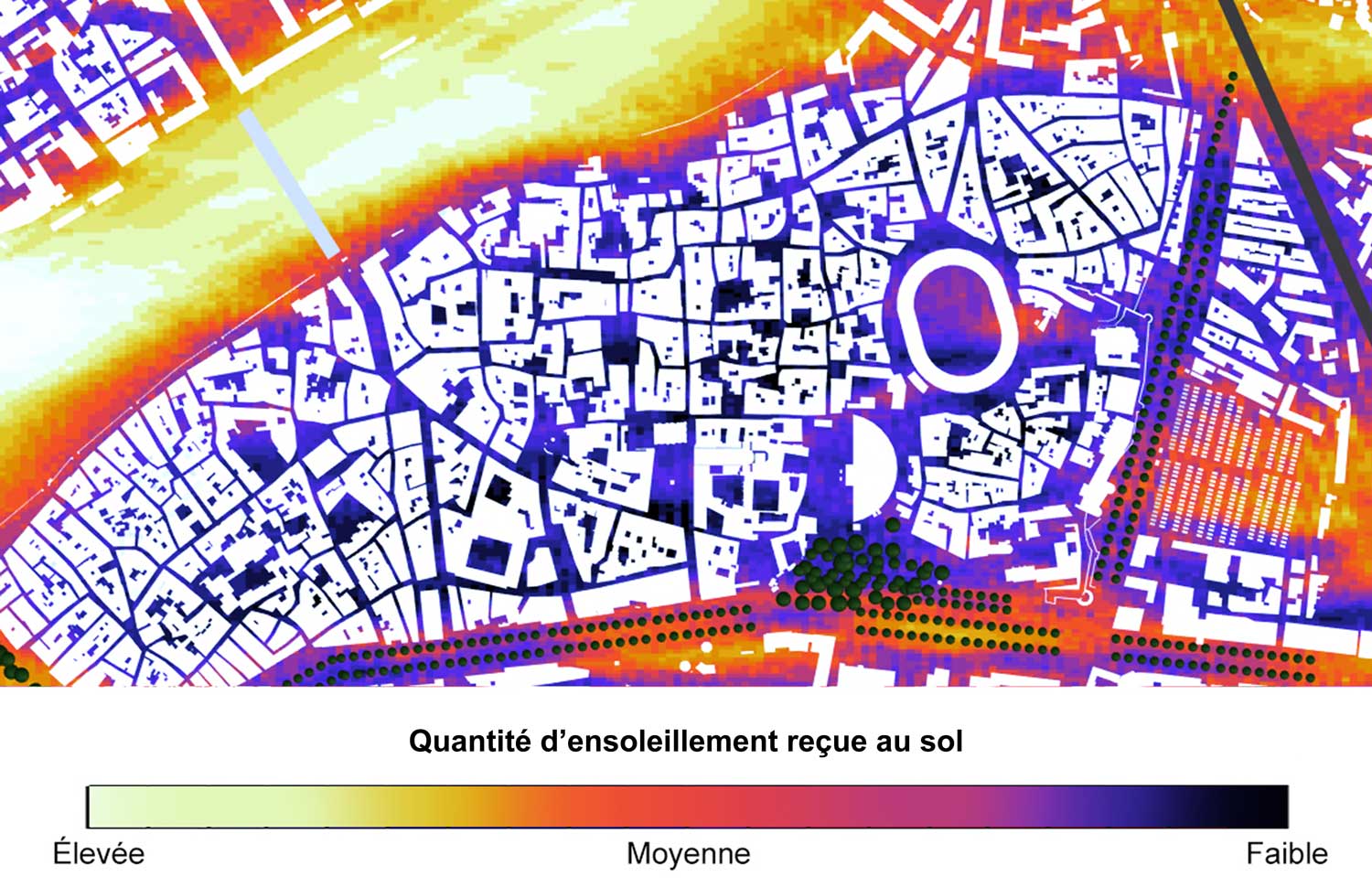
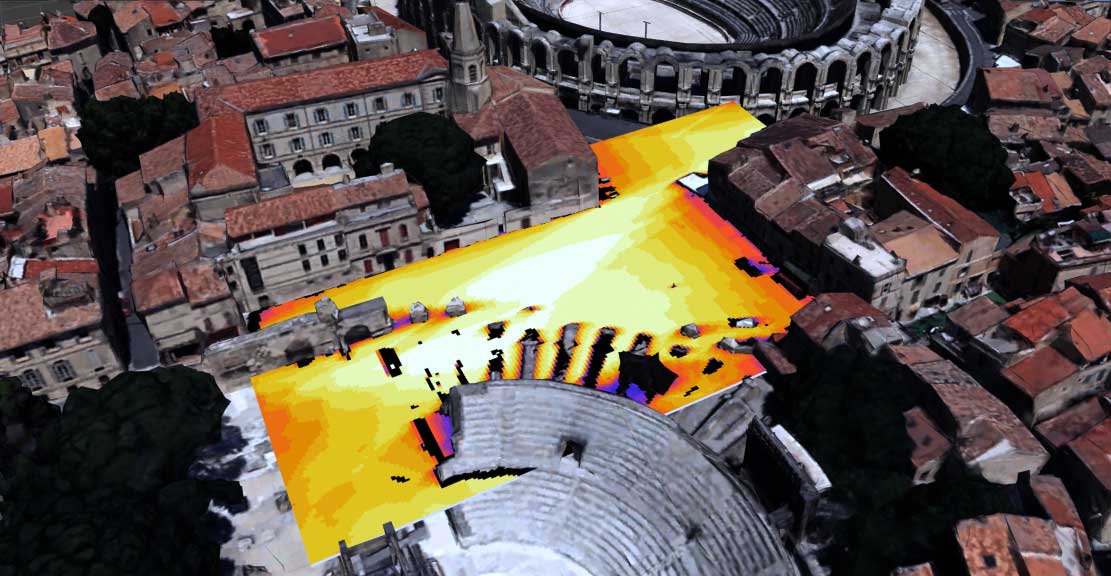
In order to define the most suitable urban cooling and heat island mitigation strategies, a significant diagnosis of the local climate and the various microclimates of the historic center of the city of Arles was conducted.
A comprehensive report detailing this climate diagnosis was prepared by Freio and can be downloaded here (in French).


The climate diagnosis helped identify streets and squares that are thermally uncomfortable during periods of intense heat and those most exposed to urban overheating.
Based on this work, a cooling strategy adapted to the heritage constraints of Arles was proposed. It incorporates sun protection elements observed in old postcards and utilizes local breezes to cool the main squares of the city center.
